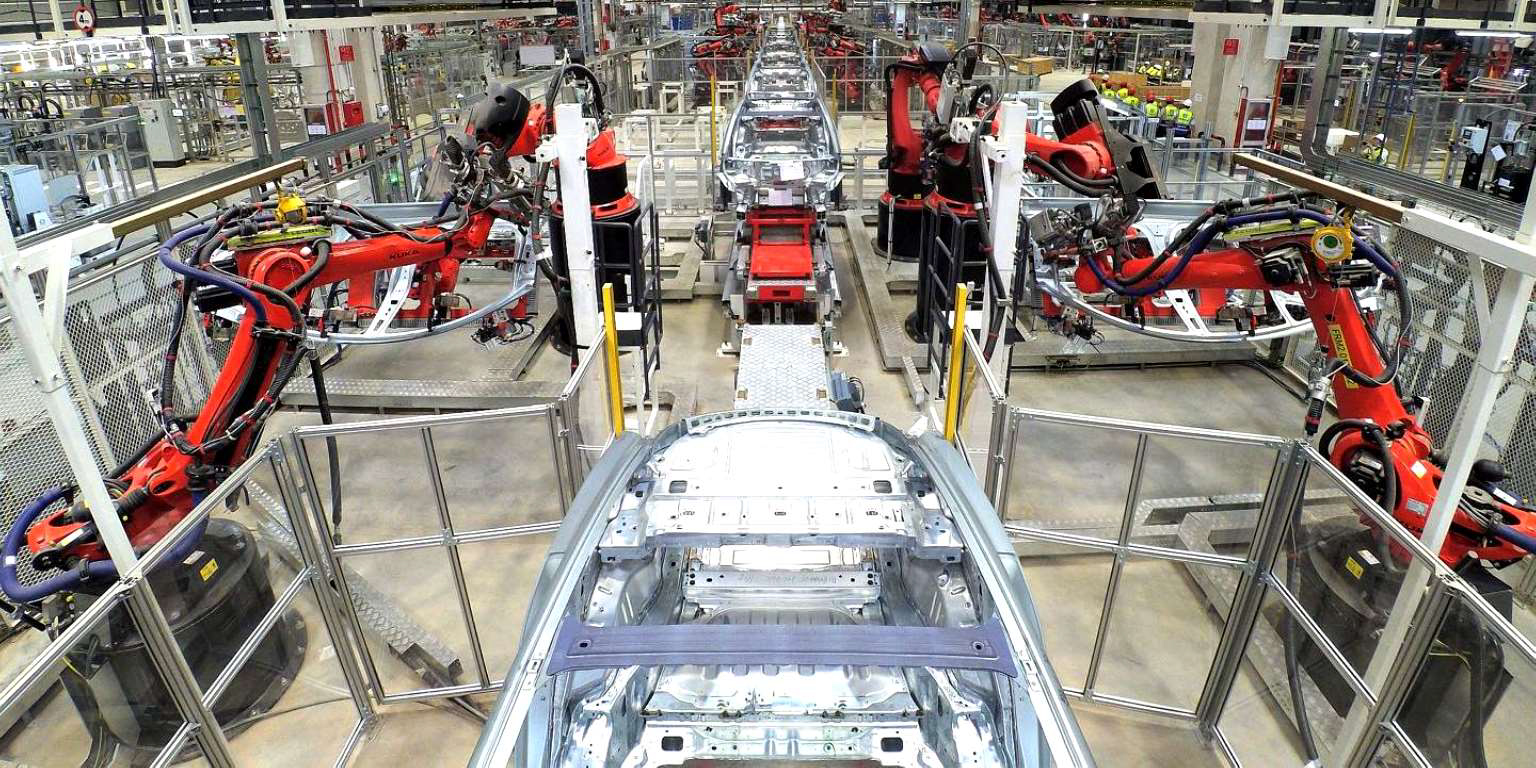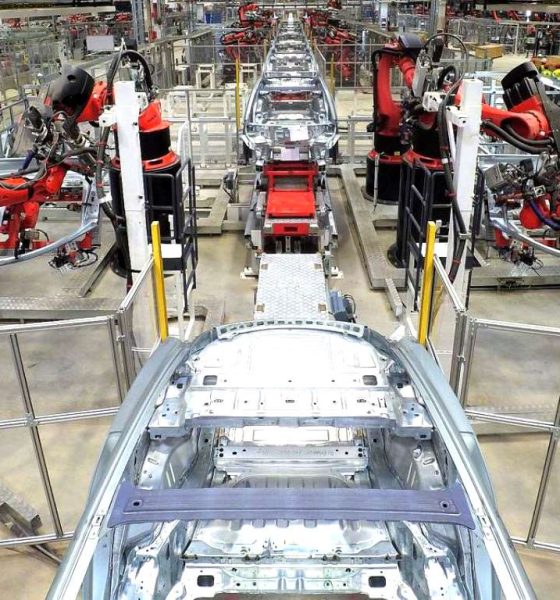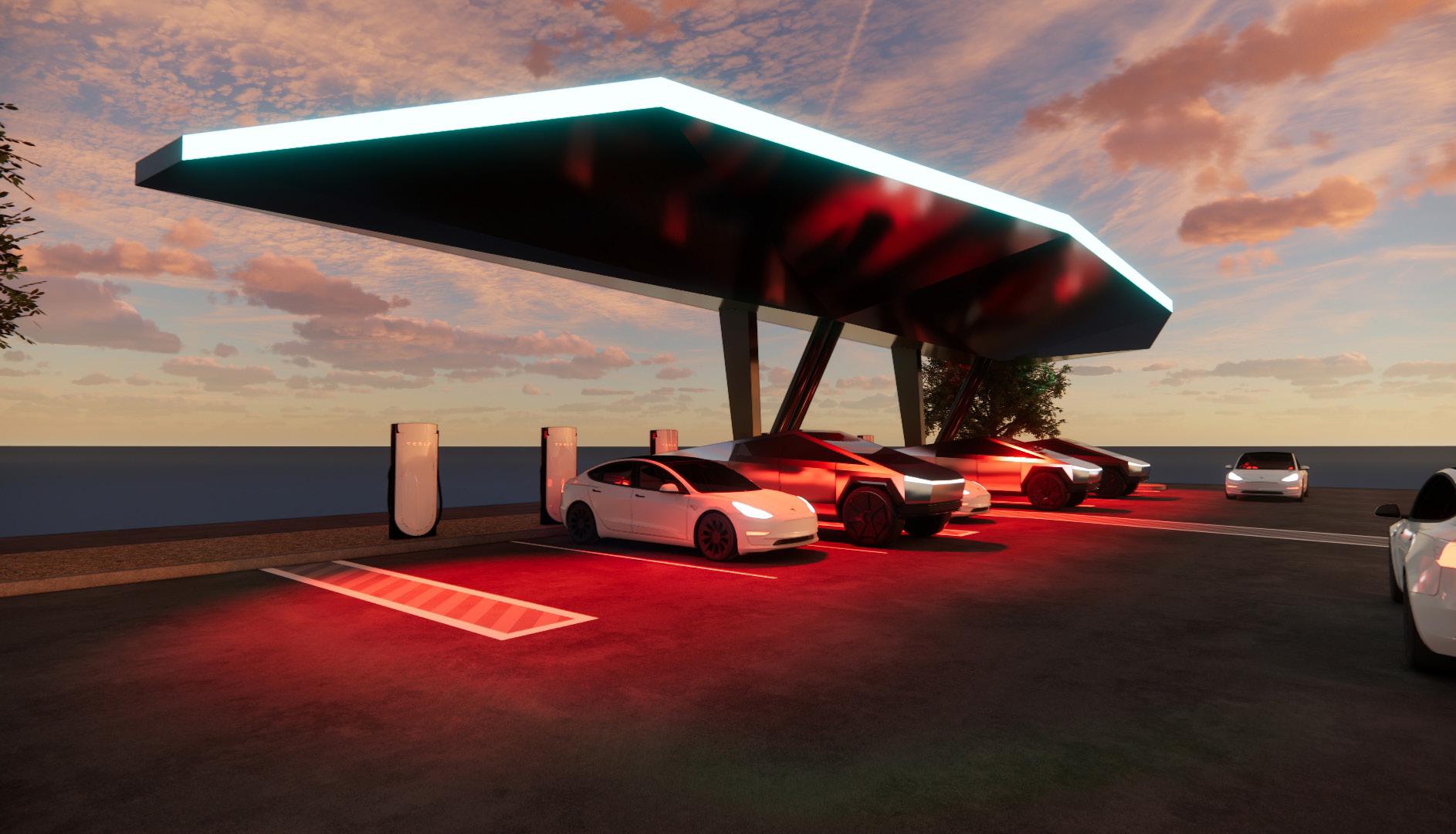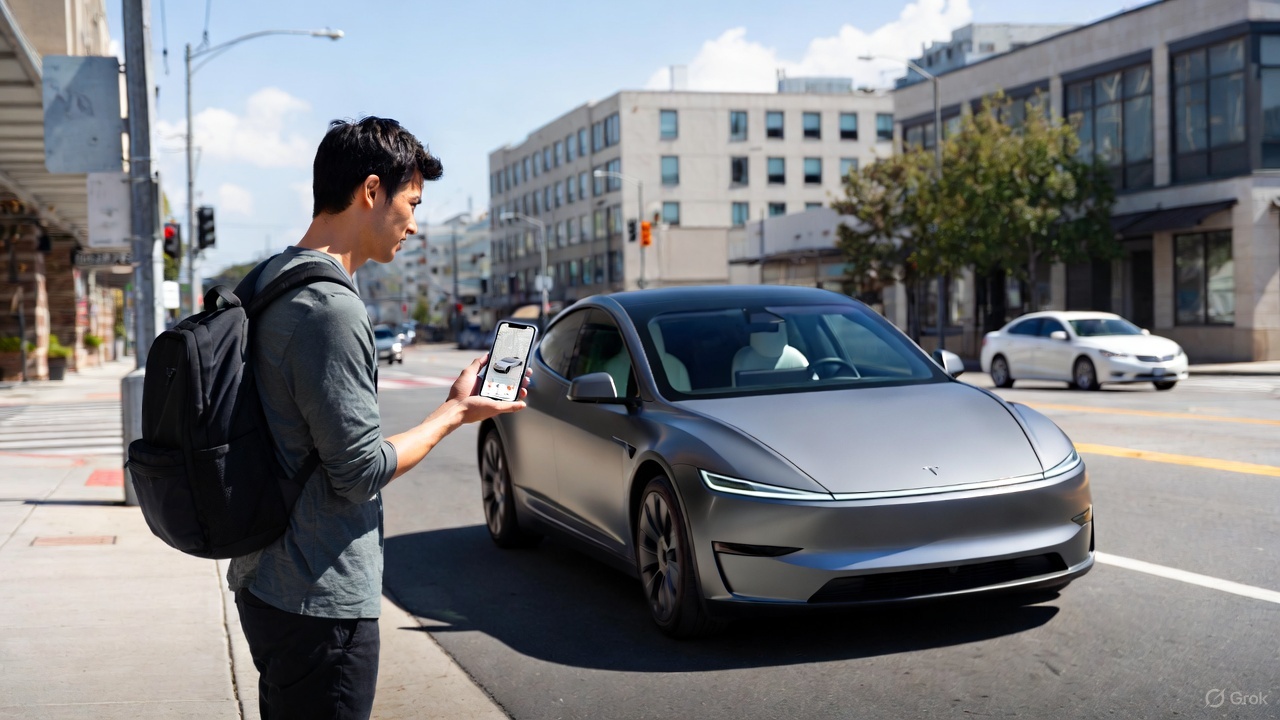

News
Tesla’s manufacturing advantage lies in legacy auto’s stranded assets
Tesla’s focus on manufacturing has solved a vast number of issues that the electric automaker has encountered in its first few years of mass-scale vehicle production. With only two operational vehicle production facilities and several more on the way, Tesla’s biggest advantage in production doesn’t necessarily come down to efficiencies and solving bottlenecks. Instead, it has to do with something completely out of its control: Legacy Auto’s stranded assets.
Large vehicle manufacturers have pumped out millions of vehicles per year in sometimes between 50 and 100, sometimes more, global facilities. Volkswagen, for example, has 136 production plants across the world. This massive production operation lead to 9.3 million VW cars being delivered in 2020, a slight decrease from the nearly 11 million in 2019. However, the COVID-19 pandemic surely wiped away some of its productivity and sales.
But Volkswagen is also in limbo, much like many other automakers. Despite being one of the world’s top brands, a decline is on the way if the German company can’t figure out its electric car software issues. Even if it does, it still has 136 production plants and only a few of them build electric cars. However, all of the company’s plants will need to be transitioned into EV production facilities, a far cry away from the current gas-powered powertrains it currently builds at 98% of its properties.
It’s not just Volkswagen
Mercedes-Benz has 93 locations in 17 countries. BMW has 31 facilities in 15 countries. Ford has 65 plants all across the world.
These plants have been everything to the world’s largest car brands for decades. While the automotive industry has been powered on petrol for 99% of the auto industry’s history, EVs are slowly but surely making their way into the picture. Eventually, with so many plants for the legacy automakers, they will all build electric powertrains. But unfortunately, what has been a strength for so many car companies in the past will soon become a burden as EVs take over market share, become more appealing and more sought after by consumers, and gas cars are few and far between because electrification has taken over. The biggest, most successful, most popular badges on vehicles worldwide will soon have a serious problem on their hands if they do not think about a plan to transition these facilities into EV manufacturing plants.
Time is of the essence
Volkswagen did complete ICE production at its Zwickau plant in Mosel, Germany, in June 2020. After the company announced that the final gas-powered engine had rolled off production lines at the plant, it then came down to training all technicians, assembly workers, and production engineers on how to deal with electric powertrains.
The company stated that 20,500 total days of training time would be given to those who hold jobs at Zwickau, giving the employees no reservations about the direction the German automaker was headed toward. The entire process of transitioning the plant took six to eight months.
This is great, but when a company has 136 plants, that’s a lot of time, many people to train, and a lot of money to spend. Eventually, the plants that have pumped out billions of dollars worth of ICE cars will be rendered useless unless companies begin to update their hardware, train the employees, and prepare for an electric future.
Is delaying EV projects a result of stranded assets?
Companies are smart; there are plenty of reasons why these car companies have long been at the top of the industry. Knowing that the trillions of dollars that they have pumped into building a global powerhouse of production facilities could all be a waste as ICE cars are slowly being phased out is alarming, but perhaps this is why so many companies have avoided focusing on EVs: the thought of modifying so many plants is terrifying.
Nevertheless, it will need to be done eventually. But right now, especially in such a trying economic time, manufacturers are trying to save their faces and their balance sheets by keeping this narrative that EVs are not that important, that gas cars will still dominate, and that consumers should continue to buy petrol-powered machines. Manufacturers continue to push consumers in a direction, even if they know it doesn’t align with climate issues or sustainability because they know that their plants will need major updating. This takes time and money, and car companies don’t have a lot of that.
Tesla Model Y loses another rival after BMW cancels iX3’s US launch
For these legacy automakers, it makes more sense to push gas cars onto consumers and set aside any notions of an EV being a better option, simply because they haven’t made one that is worth a damn…yet.
How is this Tesla’s Advantage?
Tesla is sitting in a prime position to dominate the EV sector for years to come. It is no secret that the company’s vehicles are the highest quality electric cars on the planet; range and performance and contributed to this for several years. However, EVs are the way of the future, and while Tesla has to build new plants to build EVs, it isn’t building them at the massive scale that ICE manufacturers are building their cars. EVs are still a relatively small portion of the worldwide automotive market, and Tesla’s growth is on par with the industry as a whole, mostly because they are controlling it for the time being.
Tesla won’t have to build 136 plants. It won’t have to transition old factories that are pumping out useless powertrains. It will have to build more, but that won’t halt production altogether, especially considering the two factories it has now are handling demand without much of an issue.
Tesla’s plants are going to be assets for centuries to come. Meanwhile, other automakers have focused on the global scaling of their vehicle fleets, only realizing that their strategically placed production plants will all be useless in a few years unless companies begin transitioning their once high-powered manufacturing facilities to EV-based production lines.
What do you think? Leave a comment down below. Got a tip? Email us at tips@teslarati.com or reach out to me at joey@teslarati.com.

News
Tesla gamifies Supercharging with new ‘Charging Passport’
It will also include things like badges for special charging spots, among other metrics that will show all of the different places people have traveled to plug in for range.

Tesla is gamifying its Supercharging experience by offering a new “Charging Passport,” hoping to add a new layer to the ownership experience.
While it is not part of the Holiday Update, it is rolling out around the same time and offers a handful of cool new features.
Tesla’s Charging Passport will be available within the smartphone app and will give a yearly summary of your charging experience, helping encapsulate your travel for that year.
It will also include things like badges for special charging spots, among other metrics that will show all of the different places people have traveled to plug in for range.
Tesla has just introduced “Charging Passport,” a new yearly summary of your charging.
• Charging badges: Iconic Charging badge (for visiting places like the Tesla Diner, Oasis Supercharger, etc), Explorer badge, green saver badge, etc.
• Total unique Superchargers visited
•… pic.twitter.com/c1DHTWXpj7— Sawyer Merritt (@SawyerMerritt) December 8, 2025
Tesla will include the following metrics within the new Charging Passport option within the Tesla app:
- Charging badges: Iconic charging badges for visiting places like the Tesla Diner, Oasis Supercharger, etc., Explorer Badge, and more
- Total Unique Superchargers Visited
- Total Charging Sessions
- Total Miles Added during Charging Sessions
- Top Charging Day
- Longest Trip
- Favorite Charging Locations
This will give people a unique way to see their travels throughout the year, and although it is not necessarily something that is needed or adds any genuine value, it is something that many owners will like to look back on. After all, things like Spotify Wrapped and Apple Music Replay have been a great way for people to see what music they listened to throughout the year.
This is essentially Tesla’s version of that.
With a handful of unique Superchargers already active, Tesla is also building some new ones, like a UFO-inspired location in New Mexico, near Roswell.
Tesla is building a new UFO-inspired Supercharger in the heart of Alien country
News
Tesla launches its coolest gift idea ever just a few weeks after it was announced
“Gift one month of Full Self-Driving (Supervised), which allows the vehicle to drive itself almost anywhere with minimal intervention.”

Tesla has launched its coolest gift idea ever, just a few weeks after it was announced.
Tesla is now giving owners the opportunity to gift Full Self-Driving for one month to friends or family through a new gifting program that was suggested to the company last month.
The program will enable people to send a fellow Tesla owner one month of the company’s semi-autonomous driving software, helping them to experience the Full Self-Driving suite and potentially help Tesla gain them as a subscriber of the program, or even an outright purchase.
Tesla is going to allow owners to purchase an FSD Subscription for another owner for different month options
You’ll be able to gift FSD to someone! https://t.co/V29dhf5URj
— TESLARATI (@Teslarati) November 3, 2025
Tesla has officially launched the program on its Shop. Sending one month of Full Self-Driving costs $112:
“Gift one month of Full Self-Driving (Supervised), which allows the vehicle to drive itself almost anywhere with minimal intervention. All sales are final. Can only be purchased and redeemed in the U.S. This gift card is valued at $112.00 and is intended to cover the price of one month of FSD (Supervised), including up to 13% sales tax. It is not guaranteed to cover the full monthly price if pricing or tax rates change. This gift card can be stored in Tesla Wallet and redeemed toward FSD (Supervised) or any other Tesla product or service that accepts gift card payments.”
Tesla has done a great job of expanding Full Self-Driving access over the past few years, especially by offering things like the Subscription program, free trials through referrals, and now this gift card program.
Gifting Full Self-Driving is another iteration of Tesla’s “butts in seats” strategy, which is its belief that it can flip consumers to its vehicles and products by simply letting people experience them.
There is also a reason behind pushing Full Self-Driving so hard, and it has to do with CEO Elon Musk’s compensation package. One tranche requires Musk to achieve a certain number of active paid Full Self-Driving subscriptions.
More people who try the suite are likely to pay for it over the long term.
News
Tesla expands Robotaxi app access once again, this time on a global scale
Tesla said recently it plans to launch Robotaxi in Miami, Houston, Las Vegas, Phoenix, and Dallas.

Tesla has expanded Robotaxi app access once again, but this time, it’s on a much broader scale as the company is offering the opportunity for those outside of North America to download the app.
Tesla Robotaxi is the company’s early-stage ride-hailing platform that is active in Texas, California, and Arizona, with more expansion within the United States planned for the near future.
Tesla said recently it plans to launch Robotaxi in Miami, Houston, Las Vegas, Phoenix, and Dallas.
The platform has massive potential, and Tesla is leaning on it to be a major contributor to even more disruption in the passenger transportation industry. So far, it has driven over 550,000 miles in total, with the vast majority of this coming from the Bay Area and Austin.
First Look at Tesla’s Robotaxi App: features, design, and more
However, Tesla is focusing primarily on rapid expansion, but most of this is reliant on the company’s ability to gain regulatory permission to operate the platform in various regions. The expansion plans go well outside of the U.S., as the company expanded the ability to download the app to more regions this past weekend.
So far, these are the areas it is available to download in:
- Japan
- Thailand
- Hong Kong
- South Korea
- Australia
- Taiwan
- Macau
- New Zealand
- Mexico
- U.S.
- Canada
Right now, while Tesla is focusing primarily on expansion, it is also working on other goals that have to do with making it more widely available to customers who want to grab a ride from a driverless vehicle.
One of the biggest goals it has is to eliminate safety monitors from its vehicles, which it currently utilizes in Austin in the passenger’s seat and in the driver’s seat in the Bay Area.
A few weeks ago, Tesla started implementing a new in-cabin data-sharing system, which will help support teams assist riders without anyone in the front of the car.
Tesla takes a step towards removal of Robotaxi service’s safety drivers
As Robotaxi expands into more regions, Tesla stands to gain tremendously through the deployment of the Full Self-Driving suite for personal cars, as well as driverless Robotaxis for those who are just hailing rides.
Things have gone well for Tesla in the early stages of the Robotaxi program, but expansion will truly be the test of how things operate going forward. Navigating local traffic laws and gaining approval from a regulatory standpoint will be the biggest hurdle to jump.








